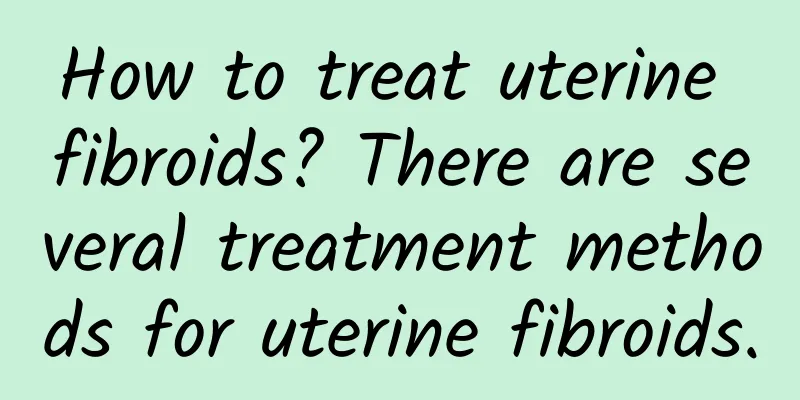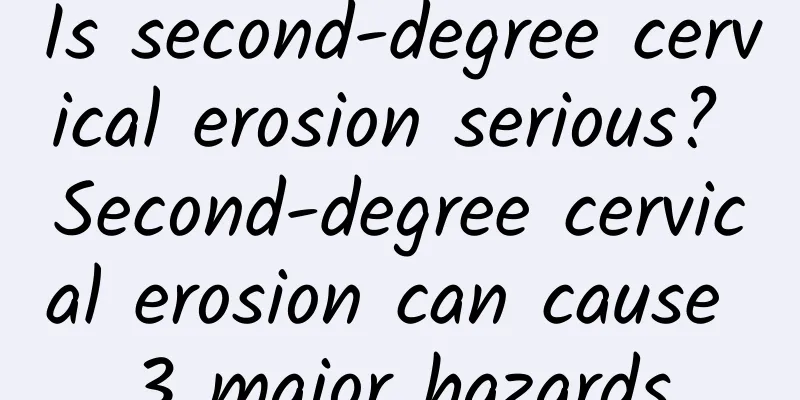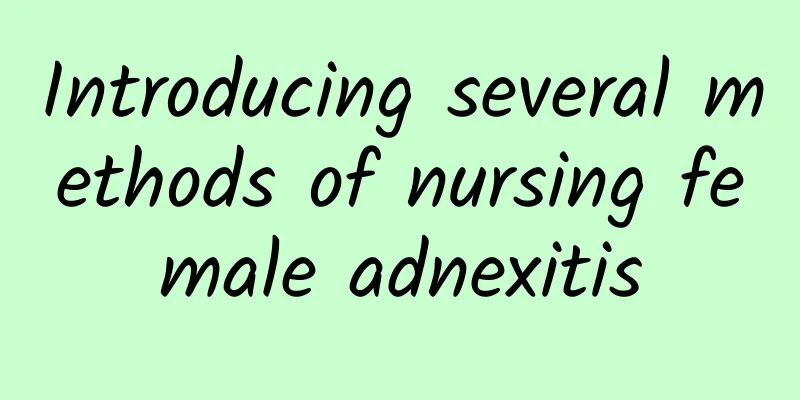How to treat uterine fibroids? There are several treatment methods for uterine fibroids.

|
Uterine fibroids are one of the most common benign tumors in the female reproductive organs and one of the most common tumors in the human body. They are also called fibroids and uterine fibroids. Because uterine fibroids are mainly composed of the proliferation of uterine smooth muscle cells and a small amount of fibrous connective tissue exists as supporting tissue, they are more accurately called uterine leiomyoma. Uterine fibroids. What are the treatments for uterine fibroids? 1. Laparoscopic resection. This treatment method is minimally invasive surgery. The maximum size of the abdominal wall wound is 1.5 cm. The uterine fibroids are located between the muscle walls and protrude toward the serosal surface, that is, toward the abdominal cavity. Pregnancy can be prepared 6 months after surgery. 2. Hysteroscopic surgery and transurethral resection of uterine fibroids. This treatment method is a minimally invasive surgery with no incision in the abdominal wall. It is suitable for the removal of uterine fibroids located between the uterine cavity or close to the mucosal surface. The patient will recover 3 months after surgery, and generally you can prepare for pregnancy 3 months later. 3. Open uterine myomectomy. Because uterine fibroids are large, multiple fibroids can be removed by open uterine myomectomy. You can prepare for pregnancy six months after surgery. Pay attention to follow-up after surgery. Many patients will have recurrence of fibroids. For example, regular inspections should be conducted 16 weeks after pregnancy to observe changes in uterine scars and be alert to uterine rupture. If uterine fibroids are found to be protruding, early surgery is recommended. Small wounds of fibroids heal well. If the fibroids are small, asymptomatic, without complications or malignant changes, surgery is generally not required. Especially for people approaching menopause, due to the low estrogen levels after menopause, the fibroids will naturally shrink or disappear, and only regular checkups are needed. If the fibroids are found to be enlarged or the symptoms are obvious, further treatment should be considered. |
<<: What should I do if I have uterine fibroids? What is the treatment for uterine fibroids?
>>: How to treat early uterine fibroids? Is the incidence of early uterine fibroids high?
Recommend
What to eat after a miscarriage to help your uterus recover?
After a miscarriage, you may be in a state of qi ...
Experts talk about whether acute cervicitis is serious or not?
"Is acute cervicitis serious?" Many peo...
What medicine should children take for acute intestinal lymphadenitis
The treatment of acute intestinal lymphadenitis i...
What is the cause of heavy menstrual bleeding?
Women have menstruation every month, and as long ...
Will pelvic inflammatory disease recur?
Will pelvic inflammatory disease recur? Gynecolog...
What are the causes of abnormal menstruation in women in their forties?
Normal women's menstruation is cyclical and r...
How to use medicine for chronic cervicitis in women? Recommend several medicines to treat chronic cervicitis
Chronic cervicitis is one of the chronic gynecolo...
Is medical abortion safe? What are the conditions for medical abortion?
With the progress of the times, people's idea...
What should women with cervical erosion pay attention to in their diet? Patients with cervical erosion need to pay attention to these 4 points
Generally speaking, mild erosion under physiologi...
What are the symptoms of irregular menstruation
Irregular menstruation is a common gynecological ...
Uterine fibroids generally present with more symptoms such as abdominal masses
Uterine fibroids usually present with abdominal l...
Can hyperprolactinemia be cured if it is not serious?
If you suffer from hyperprolactinemia, this disea...
Is pelvic inflammatory disease serious?
Is pelvic inflammatory disease serious? 1. Pelvic...
Which hospital is good for treating cervicitis?
Which hospital is good for treating cervicitis? C...
What is endometrial tuberculosis?
What kind of disease is endometrial tuberculosis?...









